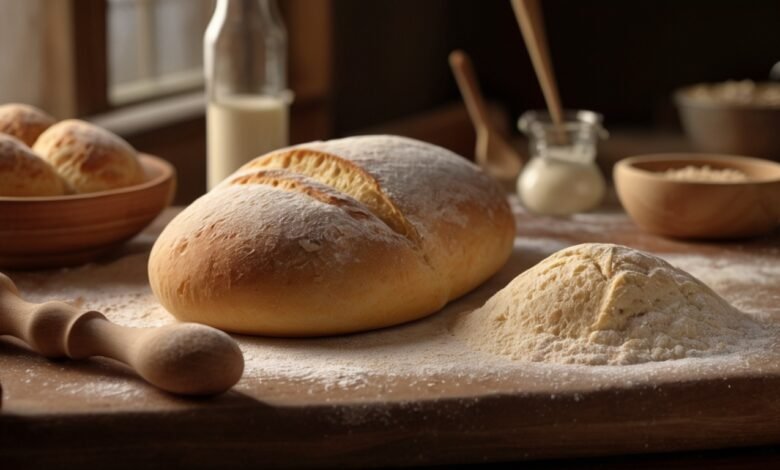Recipes
Unlock the Secrets of Rising Recipes: Mastering the Art of Perfect Dough Every Time

2. How Do You Activate Yeast Properly?
Activating yeast correctly is essential for successful rising:
- Warm Liquid: Dissolve yeast in warm water or milk (110°F or 45°C) with a pinch of sugar. The warmth helps the yeast activate, but be cautious not to use hot liquid, as it can kill the yeast.
- Proofing Time: Allow the mixture to sit for about 5-10 minutes until it becomes frothy. This indicates that the yeast is active and ready to use.
Proper activation ensures that the yeast will effectively leaven your dough.
3. What Are the Common Mistakes in Rising Recipes?
Avoid these common pitfalls to ensure your dough rises correctly:
- Incorrect Temperature: Too hot or too cold environments can hinder yeast activity. Maintain an optimal temperature around 75-80°F (24-27°C) for proofing.
- Overworking Dough: Kneading dough excessively can break down the gluten structure, leading to dense bread. Knead just until smooth and elastic.
- Underproofing or Overproofing: Allow dough to rise until it has doubled in size. Underproofed dough will be dense, while overproofed dough can collapse.
These mistakes can negatively impact the texture and volume of your baked goods.
4. How Do You Achieve the Perfect Rise?
Achieving the perfect rise involves several key techniques:
- Use Fresh Ingredients: Ensure your yeast is fresh and not expired. Old yeast may not rise effectively.
- Monitor Dough Consistency: The dough should be soft and slightly tacky but not sticky. Adjust with flour or water as needed.
- Provide Proper Proofing Conditions: Proof dough in a warm, draft-free environment. A turned-off oven with a bowl of hot water can create a perfect proofing environment.
- Punch Down and Shape: After the first rise, punch down the dough to release excess gases and shape it as desired. This ensures even rising and a consistent texture.
Following these techniques will help you achieve a consistent and successful rise in your dough.
Click next to read more





